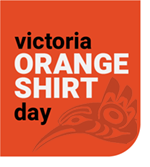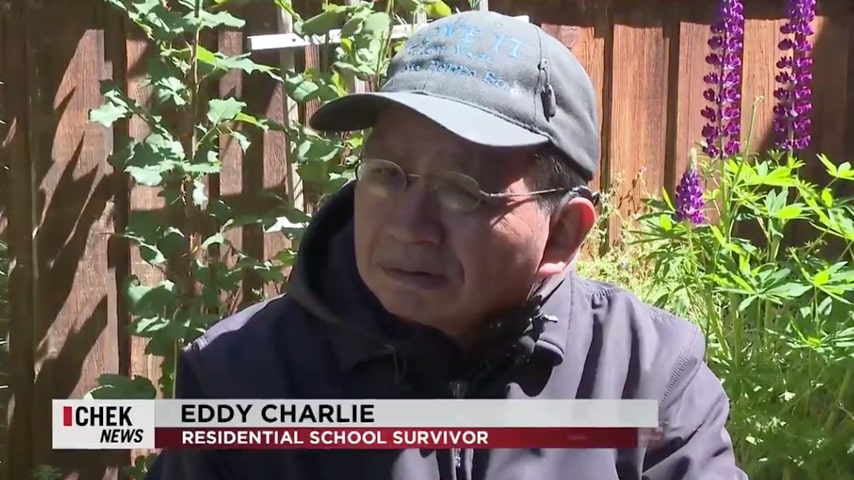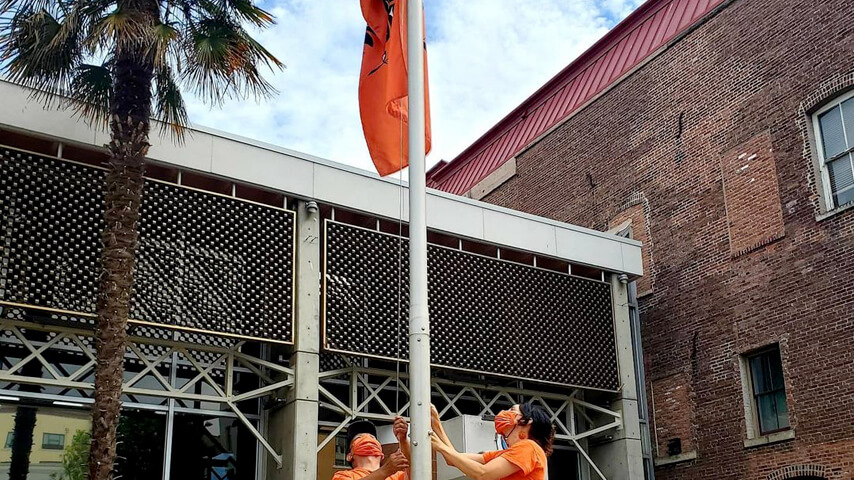I’m just hoping … there will be more understanding of what the orange shirt means.
Residential school survivor Phyllis Webstad is publishing a children’s book about her experience at residential school and the story behind Orange Shirt Day, hoping people will gain a deeper understanding about the event.
The day has been acknowledged annually on Sept. 30 since 2013 and is increasingly recognized in communities across the country as a day to honour residential school survivors and their families.
Recently, the federal government said it’s considering Sept. 30 as the date for a new statutory holiday to mark the legacy of residential schools.
Webstad said while she sees a lot of schools participating in Orange Shirt Day activities in Canada and internationally, she noticed a lot of people don’t understand what the day is all about besides people wearing an orange shirt.
“I’m just hoping that with the book there will be more understanding of what the orange shirt means,” she said.
The story of the orange shirt
The shirt reference is rooted in Webstad’s first day at the St. Joseph’s Mission residential school in Williams Lake, B.C., in the 1970s. She remembers her grandmother bought her a new, orange shirt with laces in the front that she wore on her first day of school.
“When I got to the mission, they stripped me and took away my clothes, including the orange shirt,” Webstad wrote about the experience.
“I never wore it again. I didn’t understand why they wouldn’t give it back to me, it was mine!”
Since then, she said the colour orange has reminded her of that experience and her year at residential school, “how my feelings didn’t matter, how no one cared and how I felt like I was worth nothing. All of us little children were crying and no one cared.”
At the core of The Orange Shirt Story is the message that every child matters.
“I really felt like I was worthless and I didn’t matter when I was there. It’s taken me a lot of years to know that I do,” she said.
“Or if you can, seek out an intergenerational survivor or a survivor and invite them to your school or to your work, if they’re well enough to do that.”
“All that I ask is… for people to listen with open minds and open hearts without judgment,” she said.
“We need to talk about it; we need to learn about it.”

Written for Younger Audience
Webstad’s book focuses specifically on her year at residential school, and also includes a section about Shuswap history (Webstad is from the Stswecem’c Xgat’tem First Nation), residential school history and more specific information about St. Joseph residential school.
She said she hopes the story will be a valuable addition for schools in teaching children about the history of residential schools.
“Not a lot of people care to educate themselves and so I want to start with the children,” she said.
“They’re going to be our future doctors and lawyers and bankers and those types of people.”
The story is specifically geared toward a younger audience in terms of the content, said Webstad, with nothing too scary or traumatizing.
Part of her vision is to see school-aged children reading her story alongside her grandchildren, who are currently in the school system, “so that non-Native children have an idea of where my grandchildren have come from and what their history is.”
“And even for the Native children to learn about their history also; it will be a learning tool for them, too.”
Book Launch in Kamloops
Webstad will be in Kamloops, B.C., on Sept. 4 for an official book launch event.
As for this year’s Orange Shirt Day, Webstad encourages people to attend an event in their community and participate in some way.
“Or if you can, seek out an intergenerational survivor or a survivor and invite them to your school or to your work, if they’re well enough to do that.”
“All that I ask is… for people to listen with open minds and open hearts without judgment,” she said.
“We need to talk about it; we need to learn about it.”




